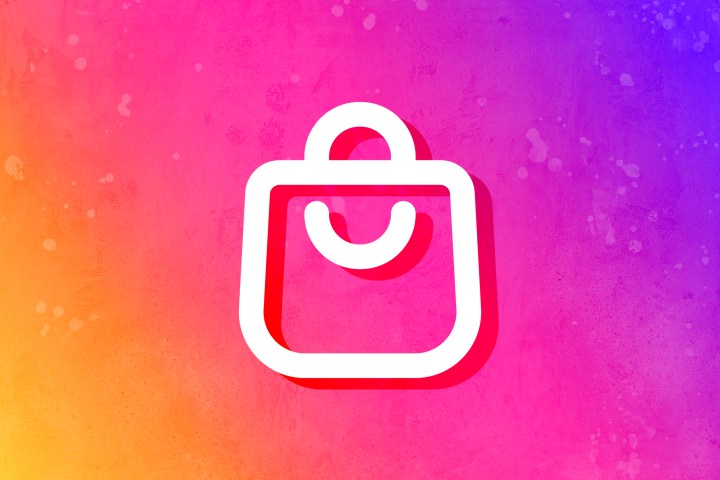
Now that everyone’s had a few weeks to get familiar with Instagram’s shopping tab, it’s time we shed our knee-jerk reactions and take a look at the bigger picture. While no company with a popular app can roll out a significant UI redesign without expecting a certain amount of criticism, the controversy around this particular change has been rightly and uniquely boisterous. Where our notifications tab long resided, an indiscreet shopping bag has made a fresh roost. More than a minor annoyance (and an exercise in muscle memory retraining), this seemingly shallow, money-fueled addition is a big win for small businesses that operate online.
Without parroting what we’ve all heard, it should be universally understood by now that online commerce is more important than ever to businesses of all sizes. And, while this may not apply to everyone, shopping while mindlessly browsing social media has become a kind of therapy we just can’t get anywhere else at present. Even for those who don’t check out in-app, data shows a marked percentage of our purchasing decisions are influenced by ads on Facebook-owned Instagram. Furthermore, Facebook Marketplace has become an absolute juggernaut in e-commerce, effortlessly challenging even internet mainstays like eBay.
In terms of reach, few social media platforms can cast nearly as wide a net as Instagram. With the right targeting, small businesses have an opportunity to get their products directly in front of audiences where they are, from discovery to checkout. One could argue this was already possible through posts and stories supported by ad campaigns. Think of that, however, as showing a prospective customer a commercial versus Instagram Shopping, which might be more like opening a store in their local mall. The former is shown to customers involuntarily with nothing but an algorithm to thank for its appearance in their feed. The other is a destination the customer has visited of their own piqued interest and will. This is an important distinction.
For its part, Facebook knows it isn’t reaching the younger generations on its home platform, and while every social media giant is happy to take a company’s money and run ads with it, until now none have filled the combination social-shopping market in as meaningful a way as Instagram has made possible here.
Of course, we can’t blindly and immediately celebrate Facebook for championing small businesses everywhere. It’s important to acknowledge the elephant in the rectangular metal and glass slab. In righteous hands, Instagram Shopping could be wielded to offer entrepreneurs a powerful revenue stream they couldn’t otherwise enjoy. But we’re talking about the Kingdom of Zuckerberg here, and it’s just as likely (perhaps more so) that it’ll turn into another easily manipulated digital mall whose algorithm is dominated almost exclusively by cheap goods and megacorporations with the deepest possible pockets. Only time will tell.
Did Facebook know exactly what it was doing when it chose the location for its new Shop tab? Obviously. Could it have considered literally anywhere else to avoid angering the hive and distracting users from the potential good it could do in the most




